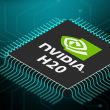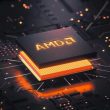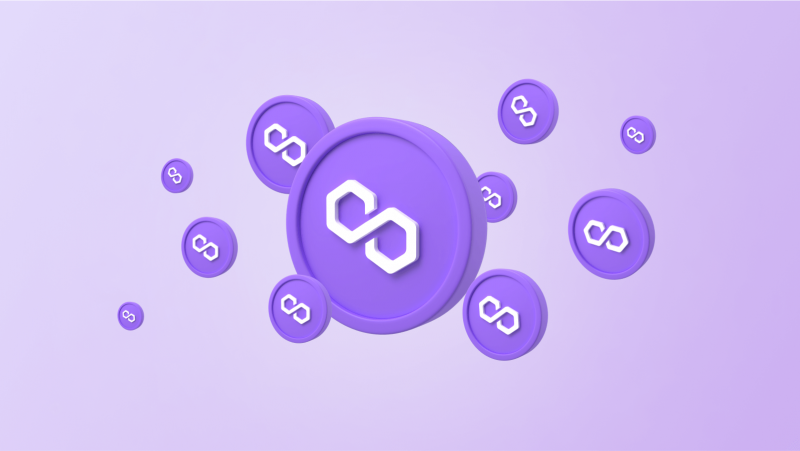The ever-evolving world of digital assets requires up-to-date knowledge of all of the protocols and functions that emerge. As technology progresses, the potential of its usage appears never-ending. In keeping up with that, we break down how to bridge from Polygon to zkSync.
zkSync is a Layer 2 solution that is zk-powered and operates on the tremendously popular Ethereum network. Alternatively, Polygon has emerged as one of the most popular blockchain systems in the world. Subsequently, the growing popularity and usage of both have increased their overall usage throughout the industry.
Therefore, let’s delve into how to bridge from Polygon to zkSync
Can you Bridge From Polygon to zkSync?
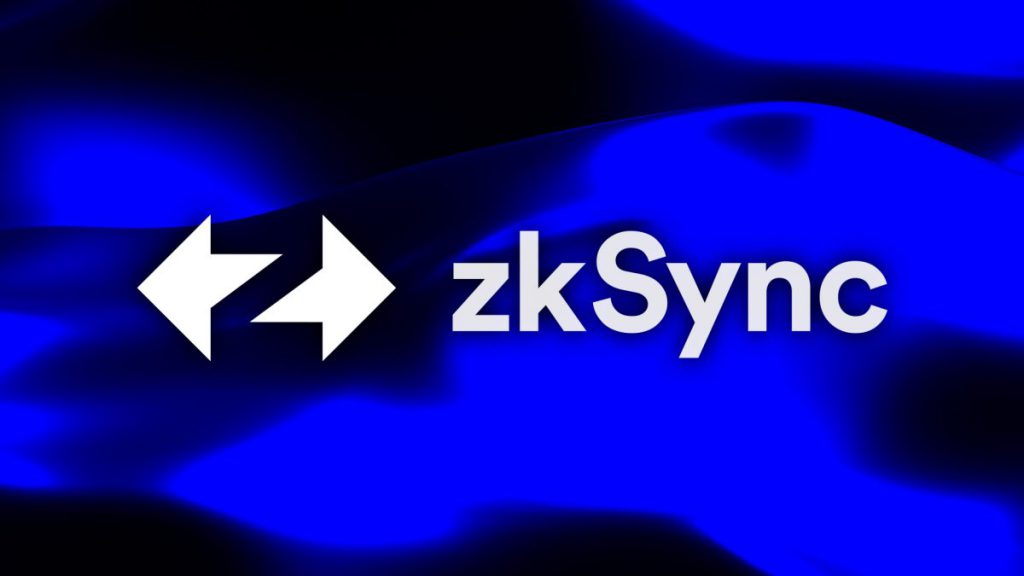

Also Read: Why Are Ethereum Network Fees so High?
Before we delve into the specifics of the inquiry, let’s first answer the question of whether or not it’s possible. As these various protocols grow and change, what is possible and what is developing becomes the vital precursor question to any hope for your assets.
The answer to the possibility is yes; you are able to bridge from Polygon to zkSync. Specifically, this process is rather easy with the use of a cross-chain bridge. There are a host of different cross-chain bridge options available to users, so there is the ability for you to vet which works best for your assets and your needs.
For this purpose, you will want to observe which cross-chain bridge works best for both of the platforms. Some methods will allow the ease of connection between your Web3 wallet and something like MetaMask in order to successfully enact transfers.
The presence of these bridges allows assets like polygon (MATIC), USDC, USDT, and ether (ETH) to be moved with ease. For the purposes of this guide, it is important to note that both zkSync and Polygon are compatible with the Ethereum Virtual Machine (EVM). Therefore, the bridges to move these assets exist in abundance; you just have to find the reliable option that appeals most to you.
How to Do It
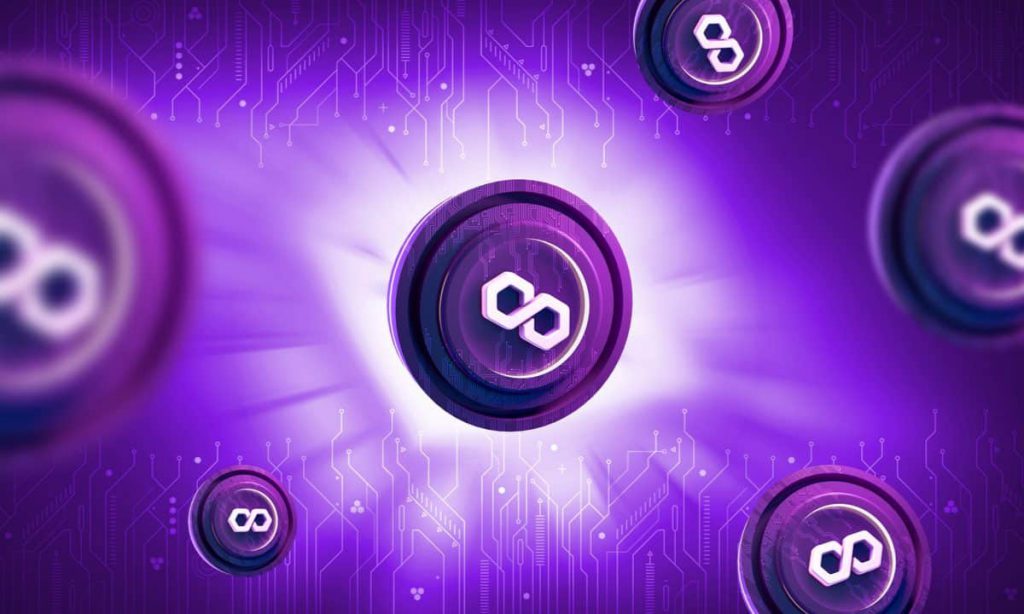

Also Read: How to Bridge to Polygon?
As previously stated, the most important way to bridge these assets is through a secured Layer 2 bridge. Subsequently, the first step in the process is to locate the best option for your transfer. These kinds of programs allow you to connect to MetaMAsk, Coinbase, or different crypto wallets that you may use.
One option for the purposes of this exercise would be something like Rhino.fi. This bridge allows the transfer of assets between both Polygon and zkSync. Additionally, it provides security, low cost, and compatibility, which makes it an effective option.
Thereafter, the process includes around four steps in order to properly execute the bridge. Firstly, you will want to navigate to Rhino.fi and link your specific wallet. Whether that be a MetaMask or Web3 wallet doesn’t matter, as both have capabilities.
Secondly, you are going to want to select both Polygon and zkSync as both the source and destination chains. This option allows you to designate the chains of your choice, so you are also able to navigate different options. Then, you will want to choose the token to bridge.
Thirdly, you will want to select the specific amount that you would like to transfer. Once this is properly input, you want to ensure you select the Approve selection on the screen. Finally, you will have to follow the instructions on your screen and watch as your assets are properly transferred.
What Are the Fees?
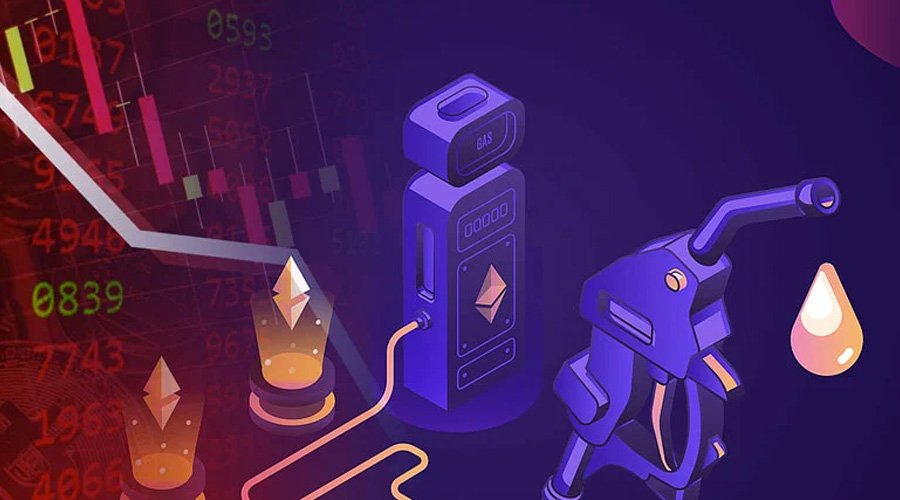

Although the process is rather simple, it is still important to know what the fees would be for such a task. In order to transfer assets from Polygon to zkSync, you will be charged a fee of 0.19% on the transaction. Moreover, you will be charged additional gas fees. However, this will differ based on a variety of factors, including network activity. Conversely, although gas fees can be quite minuscule, they can also grow through larger transfers.
Alternatively, moving assets between Polygon and zkSync allows you to operate on a rather cost-effective network. Therefore, the gas fees should not exceed the $1 mark, which is quite good. Additionally, when obtaining the bridge that is best for your transfer, ensure that cost-effectiveness is a key research point if that is important to your transaction. All in all, the possibility is there, with the freedom for you to transfer to the bridge that you feel most comfortable with.


